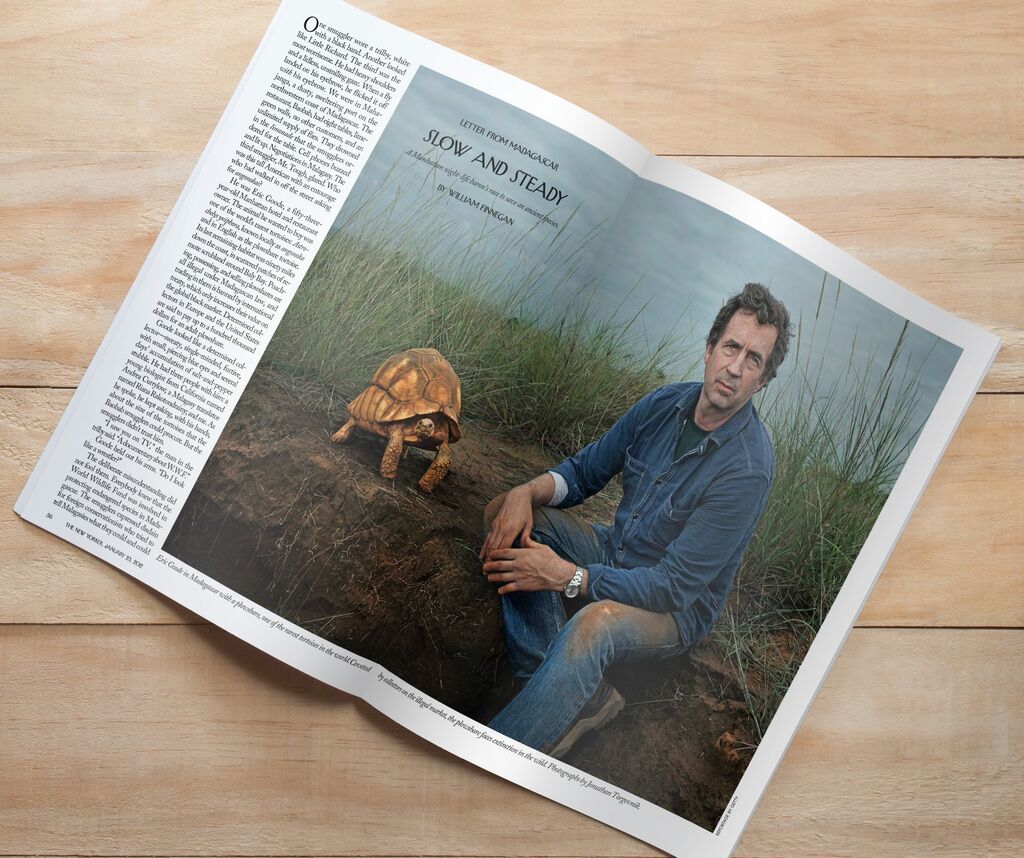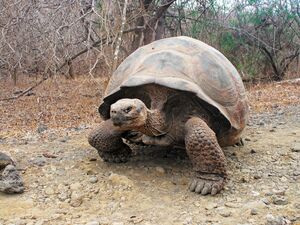The other day a friend asked me what started me off. I’d probably been at it again, talking about tortoises in that circular-breathing style that makes it hard for anyone to get a word in edgewise.
“When did you realize THIS book about tortoises was something you needed to write?” she asked, catching me in one of those vulnerable moments when I had paused for a gulp of air. “Was there a trigger event?”
Actually, there were two moments of significance that started me on a slow burn.

The first was a profile of the Turtle Conservancy founder Eric Goode, in the January 15, 2012, issue of The New Yorker. Written by William Finnegan, it documented “A Manhattan night-life baron’s race to save an ancient species.” Slow and steady!
That New Yorker article took me beyond — it was a well-reported and compelling profile of someone saving tortoises halfway around the world in Madagascar. It was exactly the kind of story, and the type of journalism, that I loved to read and more importantly that I wanted to write. I saved that issue and carefully filed it away.
The second moment came toward the end of the following year during a trip to the Galapagos Islands. I found myself sitting at the side of a trail on Isabela Island, getting up close and personal with one of the incredible tortoises as it strolled past. That experience marked me hard. By the time I got home, my notebook was scribbled with ideas.

Then, the thought went dormant. My notes, shoved into a folder. There they remained until a third moment arrived, some years later, when I felt — urgently — that I needed to find new purpose for myself. I needed to take action. Everything came flooding back. The enthusiasm. The ideas. The desire. The tortoises! I wanted to get back to my roots as a journalist and focus on the themes of conservation, nature, and ecology that I loved.
I was going to dust off that book idea, bring it front and center, and see what happened next. Thus began a new chapter in my life that is still being written.

